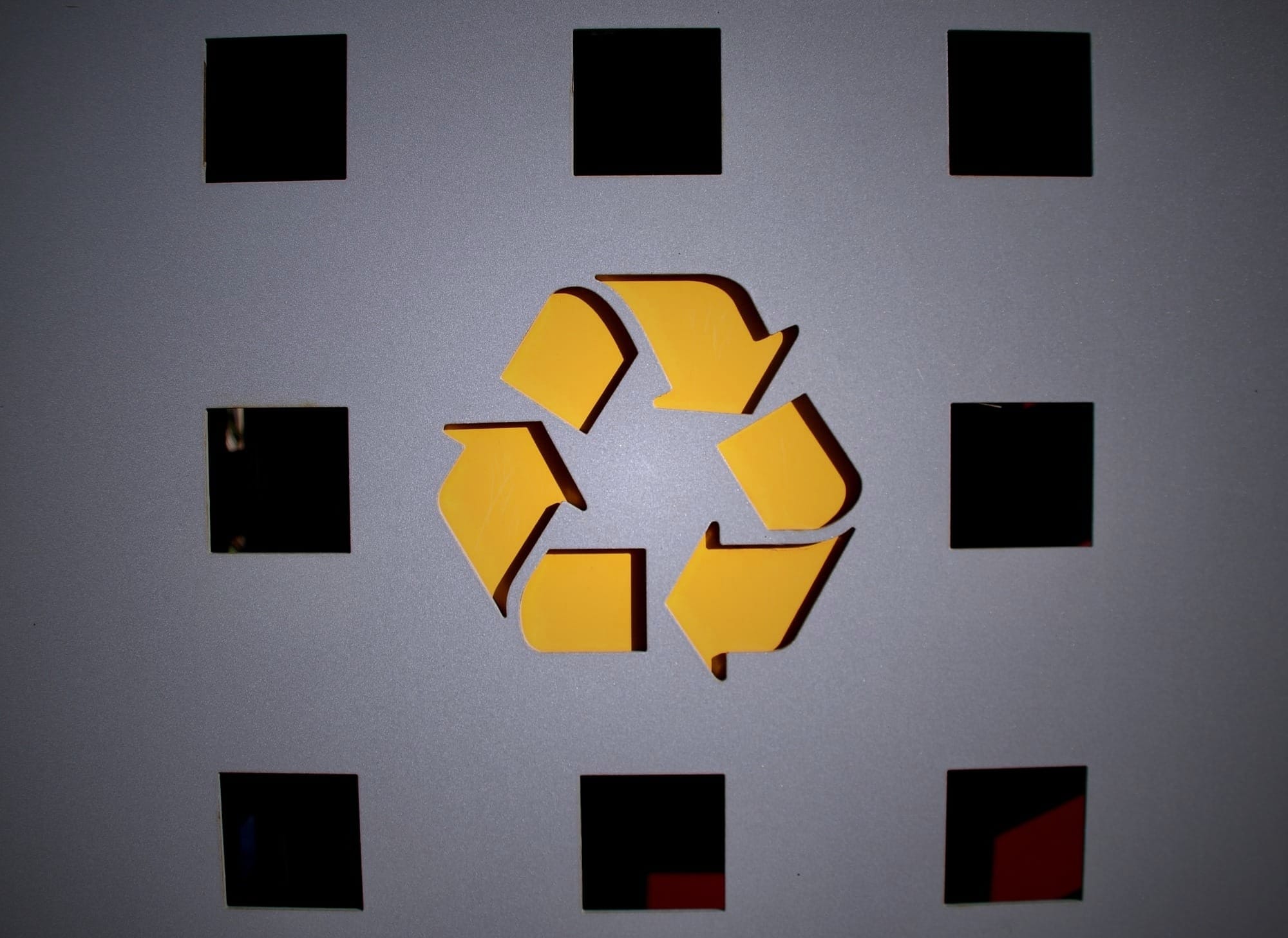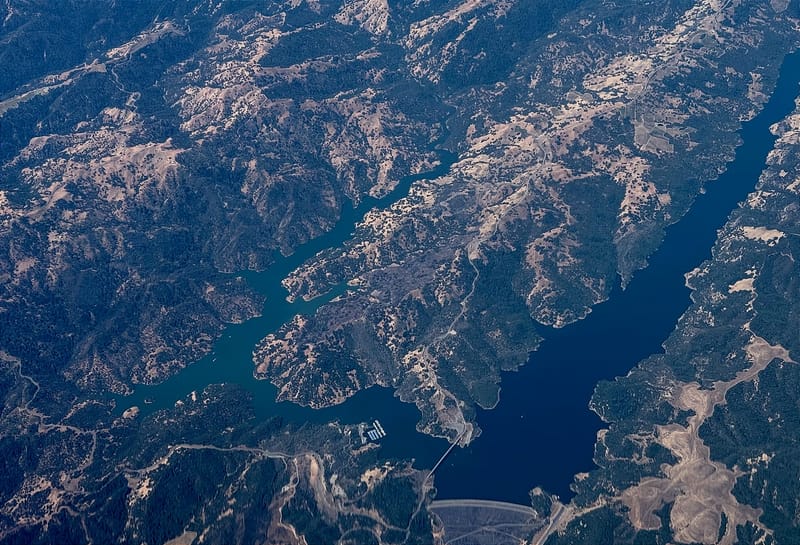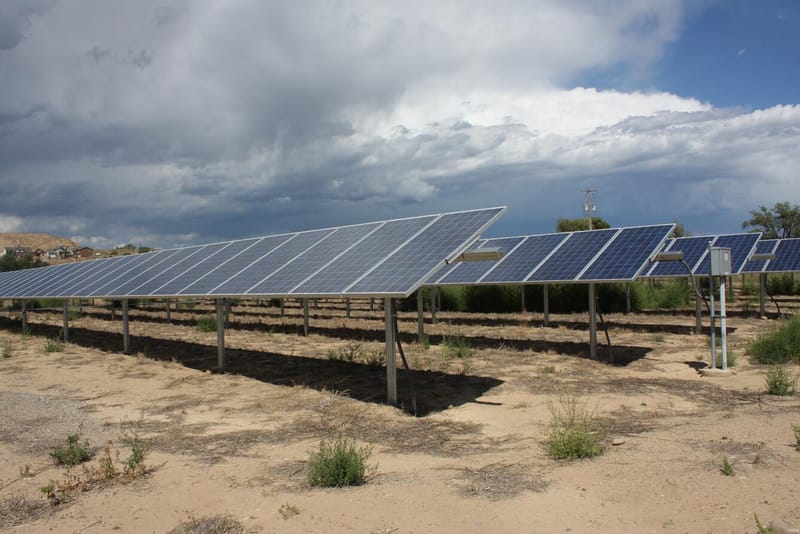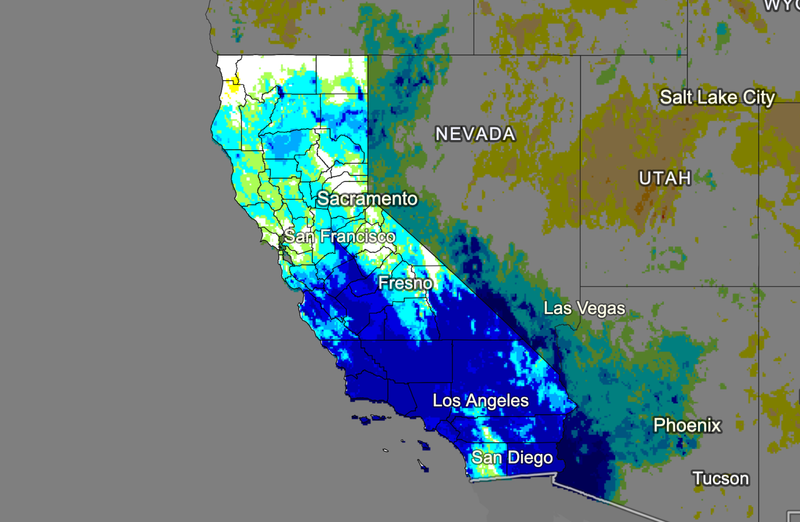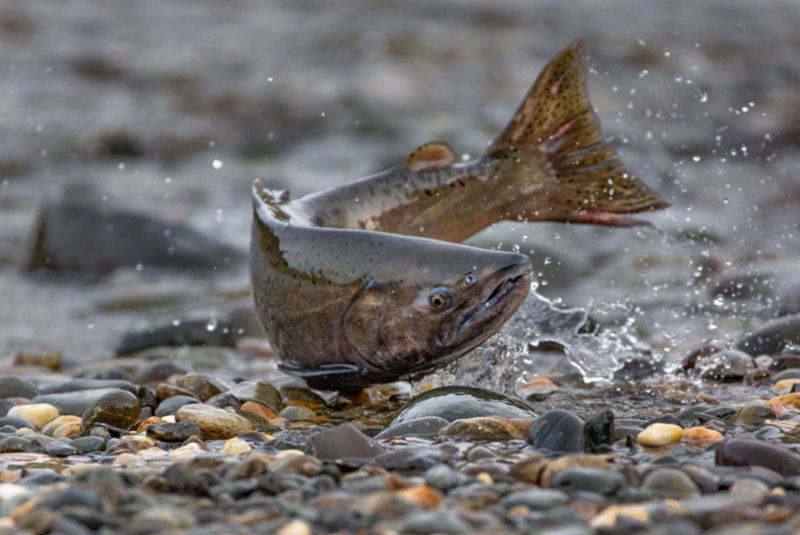Beverage recycling receives more state funding in California than water and air boards combined
California’s 2025‑26 budget directs about $1.68B to Beverage Container Recycling & Litter Reduction—roughly one‑third of CalEPA funding. See what the money does, where it comes from, and why it matters.
When you buy a bottled or canned drink in California, you pay an extra 5¢ or 10¢ California Redemption Value (CRV) deposit.
Pooled statewide, those deposits drive a massive recycling cash flow: the 2025‑26 California budget sets aside roughly $1.68 billion for the Beverage Container Recycling and Litter Reduction program—the largest single program within CalRecycle, and a significant share of the broader CalEPA spending picture.
That money fuels the CRV “Bottle Bill” system: distributors remit deposits, consumers get refunds when they return containers, a statewide redemption network stays open, grants build recycling markets and local litter programs, and enforcement teams guard against fraud—all aimed at keeping recycling rates high for aluminum, glass, and plastic.
Below, we follow the dollars through the California Beverage Container Recycling Fund and related accounts, show how budget lines translate to on‑the‑ground recycling activity, and flag the statutory payment obligations that make this one of the state’s most dynamic environmental funds.
Quick Budget Snapshot: 2025‑26 Numbers at a Glance
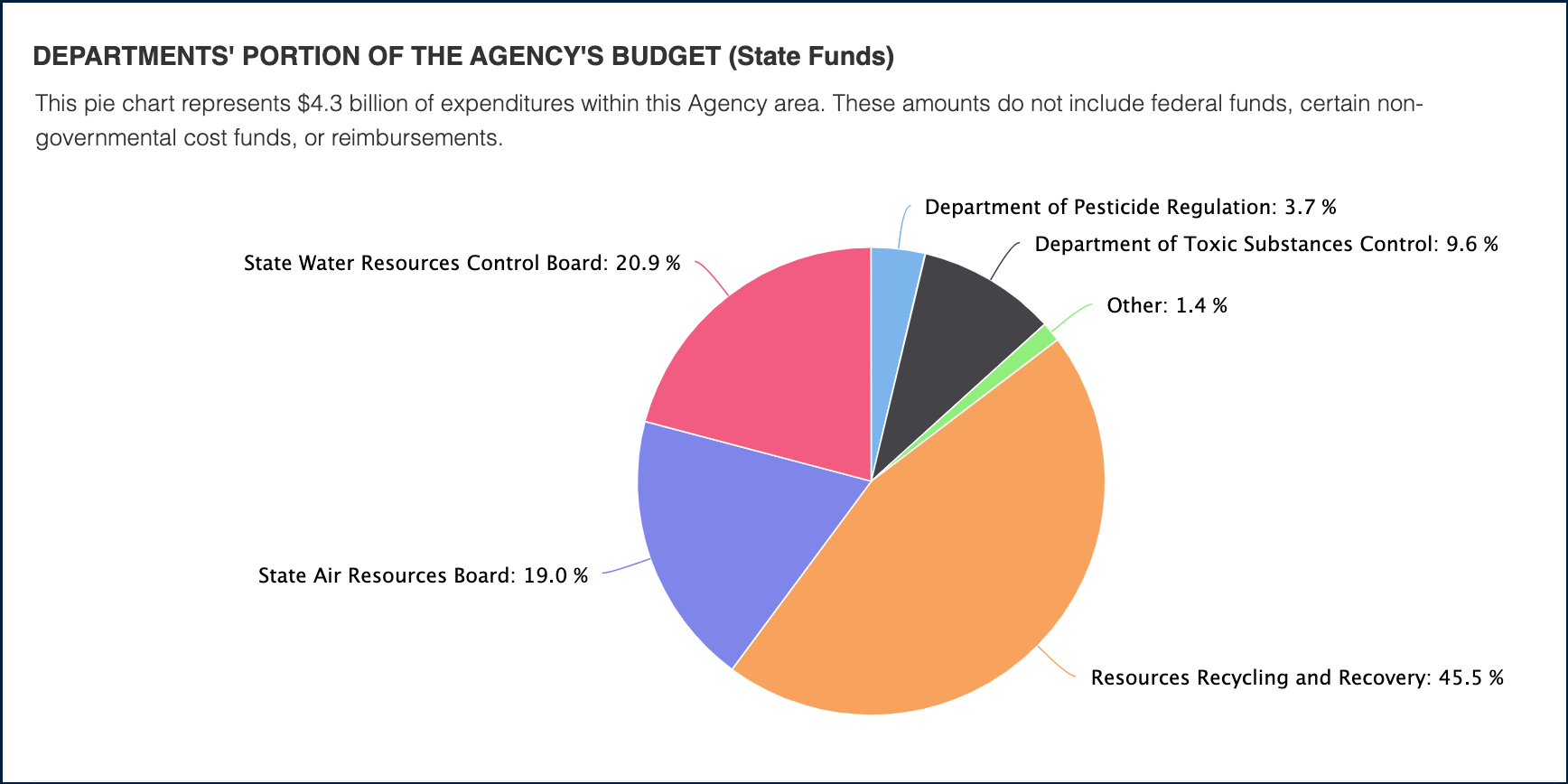
- Total funding: About $1.68B budgeted for the Beverage Container Recycling & Litter Reduction program in FY 2025‑26.
- Staffing: About 331 authorized positions support administration, enforcement, data, and payments.
- Size inside CalEPA: Roughly one‑third of CalEPA’s total funding flows through this program.
- Size inside CalRecycle: Nearly nine in ten CalRecycle dollars—$1.68B of about $1.95B—are tied to the beverage program.
What the Beverage Container Recycling and Litter Reduction Program Does
California’s Beverage Container Recycling and Litter Reduction program (CalRecycle Program 3715) is the engine behind the state’s CRV “Bottle Bill.” Its statutory goal is to reach an 80 percent recycling rate for aluminum, glass, and plastic beverage containers by collecting deposits, ensuring convenient return options, and getting money back into consumers’ hands when containers are redeemed.
The program also channels funding to local governments, recycling centers, and market‑development projects that keep recovered materials moving into new products rather than landfills. Oversight, auditing, and enforcement functions protect the program’s integrity and help prevent fraud in a high‑volume refund environment.
Legal authority for the program is found in the California Beverage Container Recycling and Litter Reduction Act, codified in Public Resources Code, Division 12.1.
Core functions
- Achieve high recycling rates (target ~80%) for eligible beverage containers.
- Collect CRV deposits from beverage distributors and refund CRV when consumers return containers.
- Maintain a statewide, convenient redemption network.
- Provide grants and payments that build recycling infrastructure and end‑market demand.
- Deliver outreach, education, and public‑private partnerships to increase participation.
- Enforce rules and safeguard the Beverage Container Recycling Fund against fraud. L36-L44
How the Money Is Structured in the Budget
The program’s dollars do not sit in one pot. They move through several dedicated special funds—led by the California Beverage Container Recycling Fund (0133) and supported by separate glass, bi‑metal, and PET processing fee accounts—each tapped for different costs.
The budget groups spending into two broad categories:
- State Operations: People and systems that run the program—administration, enforcement, data/IT, and other support costs.
- Local Assistance: The dollars most Californians feel—CRV refunds routed through redemption centers, handling and processing payments that help keep those centers open, and grants that support local recycling and litter reduction.
Because so much of the budget is driven by consumer redemptions and legally required payments, funding can rise or fall with beverage sales, return rates, and statutory payout formulas.
State Operations (FY 2025‑26)
- California Beverage Container Recycling Fund (0133): $88.952M
- Reimbursements: $0.094M
- Total State Operations: $89.046M
Local Assistance (FY 2025‑26)
- 0133 Beverage Container Recycling Fund: $1.357B
- Glass Processing Fee Account (0269): $0.109B
- Bi‑metal Processing Fee Account (0277): $0.00034B (about $0.336M)
- PET Processing Fee Account (0278): $0.119B
- Total Local Assistance: $1.586B
Where the Funds Come From: Beverage Container Recycling Fund & Related Processing Fee Accounts
The financial backbone is the California Beverage Container Recycling Fund (0133). Beverage distributors remit the CRV deposits they collect on each eligible container sold; the fund also earns interest, takes in smaller revenue streams, and records repayments on past loans.
Money then flows out to cover program costs and to make required payments that support recycling and litter reduction statewide. Transfers to the glass, bi‑metal, and PET processing fee accounts also come out of this fund, and 0133 itself can make or receive loans under state law—movements that affect how much cash is available in any given year.
Fund 0133: Resources over Time (total resources available)
- 2023‑24: $2.194B
- 2024‑25: $2.288B
- 2025‑26: $1.953B
Resources dip in 2025‑26 after a higher 2024‑25 year—swings like this are common because deposits, redemptions, investment earnings, transfers, and loan activity all move the fund balance.
Selected CalRecycle charges to Fund 0133:
(State Operations / Local Assistance)
- 2023‑24: $75.7M / $1.227B
- 2024‑25: $77.6M / $1.707B
- 2025‑26: $89.0M / $1.348B
Statutory payments from 0133
Large, formula‑driven payments required in the Public Resources Code—especially PRC §§14573.1 and 14581—support city and county recycling programs, curbside collection, handling and processing payments, and a range of grant initiatives. These commitments are why the program is so large and why its budget is sensitive to container volumes and fund balances.
Glass Processing Fee Account (0269)
Transfers from Fund 0133 (PRC §14580) help cover the extra costs of recycling glass containers. FY 2025‑26 Local Assistance: about $109M.
Bi‑metal Processing Fee Account (0277)
Funded mainly by redemption fee revenue plus investment earnings, this small account helps close recycling cost gaps for bi‑metal containers. FY 2025‑26 Local Assistance: about $0.3M.
PET Processing Fee Account (0278)
Supported by redemption fees and transfers from Fund 0133 (PRC §14580), this account stabilizes payments tied to recycling PET plastic bottles—the bulk of what consumers return. FY 2025‑26 Local Assistance: about $119M.
Multi‑Year Trend: 2023‑24 Through 2025‑26
Funding for the beverage program swings with statutory payment formulas, fund condition changes, and the timing of transfers between related special funds. After a surge in 2024‑25, appropriations step down in 2025‑26 but remain historically large.
Program 3715 Positions & Expenditures (dollars in thousands)
| Fiscal Year | Positions | Expenditures (All Funds, $000) |
|---|---|---|
| 2023‑24 | 328.6 | 1,481,550 |
| 2024‑25 | 344.8 | 2,016,593 |
| 2025‑26 | 330.8 | 1,675,044 |
How Budget Lines Map to the Consumer Experience (CRV Lifecycle)
When you buy a qualifying beverage in California, you pay a CRV deposit. Beverage distributors send those deposits to the state (Fund 0133). Return the empty container at a certified redemption location and you get your deposit back; the redemption center is reimbursed from program dollars. The state also issues handling and processing payments, city and county recycling support, curbside payments, litter‑reduction grants, and other disbursements funded by 0133 and its related processing fee accounts. Administrative and enforcement resources maintain access and protect the fund from fraud.
Policy & Oversight Issues to Watch
- Redemption access: Keeping convenient return points open across the state.
- Fraud protection: Guarding the Beverage Container Recycling Fund against abuse.
- Fund stability: Managing large statutory outflows, transfers, and loans that affect cash balance.
- New workload: Tracking added responsibilities (e.g., SB 551 implementation) that can push staffing and costs.
Frequently Asked Questions
What is CRV and how much do I pay or get back?
CRV is a deposit you pay when you buy an eligible beverage container and get back when you return it to a certified redemption location.
Why is the budget so large—is this taxpayer money?
Most dollars come from CRV deposits and related fees, not broad tax revenues. The money cycles through to reimburse returns, support recycling infrastructure, and meet required payments in law.
What happens if I don’t redeem my containers?
Unredeemed deposits stay in the Beverage Container Recycling Fund (0133) and are used to make required program payments—recycling support, processing payments, grants—under statutory formulas.


